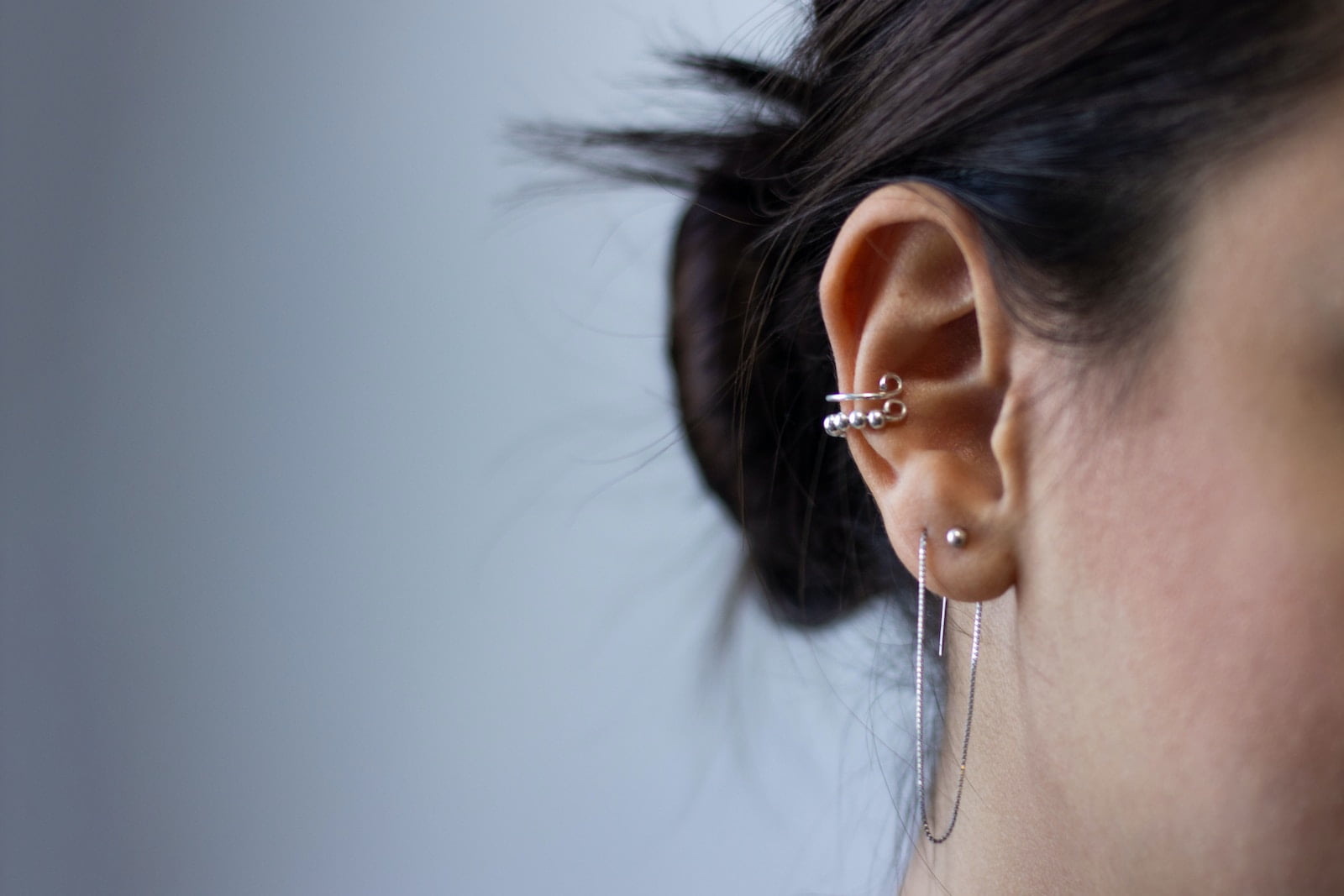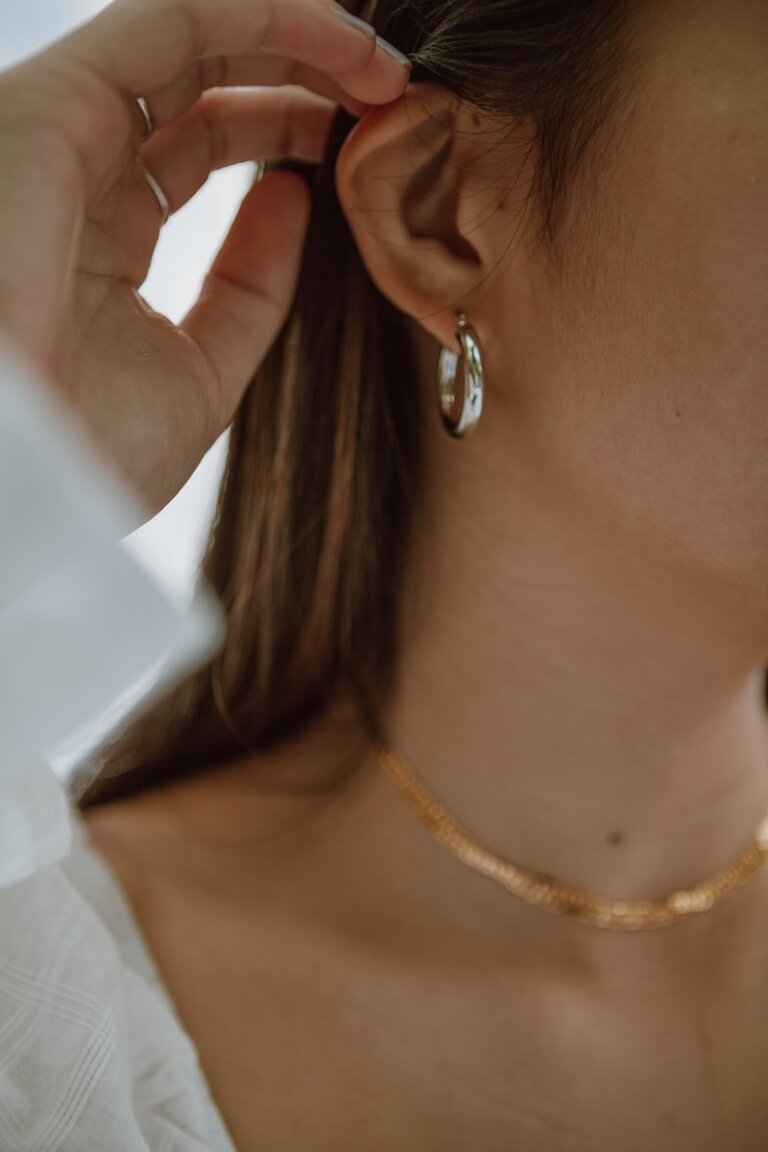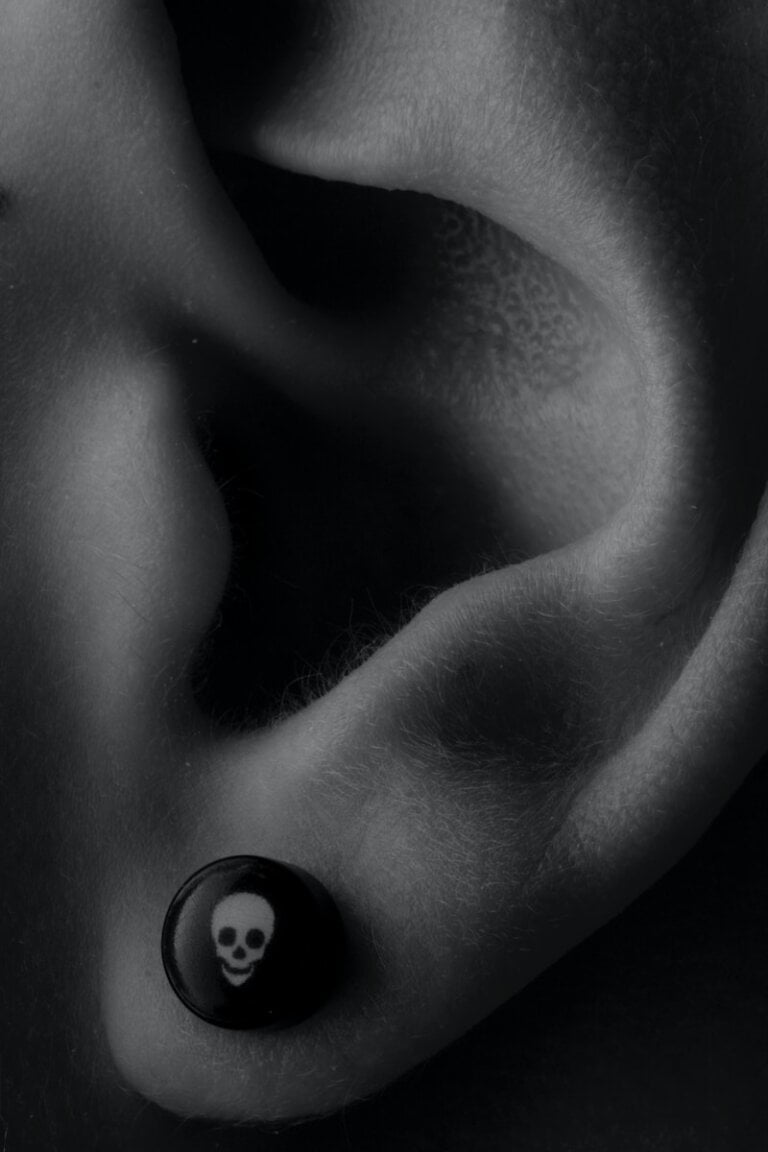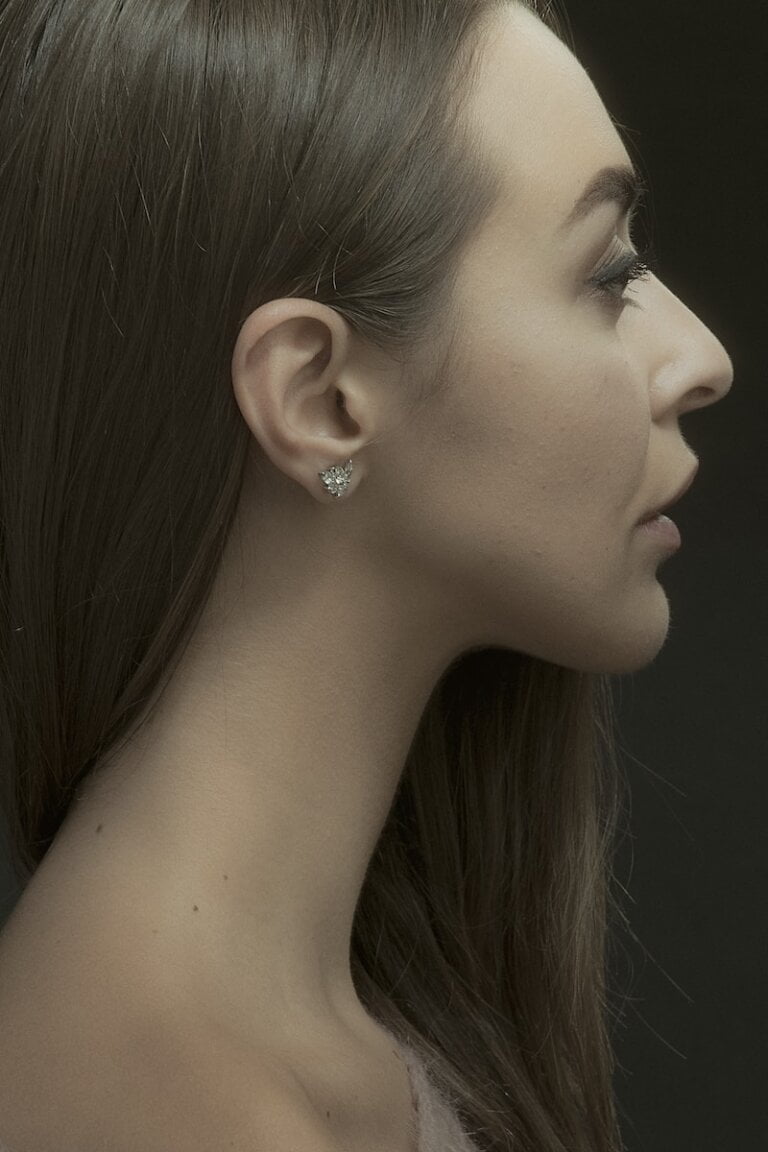Plugging into Silence: Enhancing Hearing Safety with Effective Ear Plugs
Last Updated on 3rd May 2024 by Admin
Introduction
In a world filled with constant noise, protecting our hearing has become more important than ever. Whether it’s the bustling city streets, loud music venues, or hazardous work environments, prolonged exposure to loud sounds can lead to irreversible hearing damage. This is where effective ear plugs come into play. These small yet powerful devices offer a practical solution to safeguard our hearing. In this article, we will explore the significance of using ear plugs, their types, and how to choose the most suitable ones for different purposes.
The Importance of Hearing Safety
Our sense of hearing is incredibly valuable, enabling us to communicate, enjoy music, and navigate the world around us. However, exposure to excessive noise levels can damage the delicate structures within our ears, leading to hearing loss, tinnitus, and other auditory issues.
According to the World Health Organization (WHO), over 1.1 billion young individuals worldwide are at risk of hearing loss due to unsafe listening practices, including exposure to loud music and noise pollution. It is evident that protecting our hearing has become an urgent matter.
To emphasize the importance of hearing safety, it’s crucial to understand the potential consequences of hearing loss. Not only can it impact our ability to communicate effectively, but it can also lead to social isolation, difficulty in performing everyday activities, and even lower quality of life. Therefore, taking proactive steps to protect our hearing, such as using ear plugs, is essential.
Understanding Ear Plugs
Ear plugs are small devices designed to fit inside the ear canal, effectively reducing the volume of sound reaching the eardrum. They create a physical barrier that prevents excessive noise from entering the ear, thus safeguarding our hearing. By wearing ear plugs, we can enjoy the benefits of silence while still engaging in activities that may expose us to loud sounds.
Ear plugs work by either blocking or absorbing sound waves. Foam ear plugs, for example, work by compressing the material and inserting it into the ear canal, where it expands to create a tight seal. This seal prevents sound waves from entering the ear canal, reducing the volume of noise reaching the eardrum. Silicone ear plugs, on the other hand, mold to the shape of the ear canal, providing a comfortable and personalized fit. They also have the advantage of being reusable, making them a cost-effective choice for long-term use.
Types of Ear Plugs
1. Foam Ear Plugs
Foam ear plugs are one of the most widely used types due to their affordability and ease of use. Composed of soft, pliable material, they can be compressed and inserted into the ear canal, expanding to effectively block out noise. Foam ear plugs are often disposable, making them convenient for one-time use.
Foam ear plugs come in various shapes and sizes to accommodate different ear canal sizes. They are typically made of polyurethane foam, which provides excellent noise reduction. Some foam ear plugs also have a tapered shape, allowing them to fit snugly into the ear canal and providing a more secure seal.
It’s important to note that foam ear plugs may not be suitable for all individuals. Some people may find them uncomfortable or experience irritation due to the material. However, for most users, foam ear plugs offer a cost-effective solution for reducing noise exposure in a wide range of environments, including during sleep, travel, and noisy work environments.
2. Silicone Ear Plugs
Silicone ear plugs are another popular choice, known for their durability and versatility. Made from a soft and moldable material, they can be inserted into the ear canal, conforming to the shape of the wearer’s ear for a comfortable fit. Silicone ear plugs are often reusable, offering a cost-effective option for long-term use.
Silicone ear plugs are hypoallergenic, making them suitable for individuals with sensitive skin or allergies. They are also easy to clean and maintain, as they can be washed with mild soap and water. This durability and ease of maintenance make silicone ear plugs a great choice for individuals who require ear plugs on a regular basis.
Silicone ear plugs are available in different sizes and shapes to accommodate various ear canal sizes and personal preferences. Some silicone ear plugs also feature special design elements, such as flanges or ridges, that enhance the seal and provide additional noise reduction. These features make silicone ear plugs suitable for a wide range of activities, including swimming, sleeping, and attending concerts.
3. Flanged Ear Plugs
Flanged ear plugs, also known as triple-flange ear plugs, feature multiple ridges or flanges that create a seal within the ear canal. This design allows for a more customized fit, providing enhanced noise reduction. Flanged ear plugs are commonly used in industrial settings, concerts, and motorsports.
The flanges on these ear plugs help create a tight seal, preventing noise from entering the ear canal. They are typically made of soft, flexible material to ensure comfort during prolonged use. Flanged ear plugs are available in different sizes to fit various ear canal sizes.
Flanged ear plugs are ideal for individuals who require a higher level of noise reduction. They are particularly effective in environments with high levels of noise, such as construction sites or music venues. The customizable fit provided by the flanges ensures that these ear plugs stay securely in place, even during vigorous activities.
4. Custom Molded Ear Plugs
For individuals seeking a tailored fit and maximum comfort, custom molded ear plugs are an ideal option. These ear plugs are individually crafted to fit the unique contours of the wearer’s ear, ensuring a secure and personalized seal. Custom molded ear plugs are often made by professionals using molds of the ear, resulting in a highly effective and long-lasting solution.
Custom molded ear plugs offer several advantages over standard ear plugs. Since they are custom-made, they provide a precise fit that minimizes the risk of sound leakage and discomfort. They are also typically made from high-quality materials, ensuring durability and longevity.
To create custom molded ear plugs, a professional audiologist or hearing specialist takes an impression of the individual’s ear using specialized techniques. This impression is then used to create a mold, which is used to manufacture the custom ear plugs. The process may involve additional appointments to fine-tune the fit and ensure optimal comfort.
Custom molded ear plugs are suitable for individuals who require ear plugs for extended periods, such as musicians, professional athletes, or individuals working in loud environments. They provide a superior level of noise reduction and comfort, making them an investment worth considering for those who prioritize hearing safety.
Choosing the Right Ear Plugs
With a variety of ear plugs available in the market, selecting the right ones for specific needs can be overwhelming. Here are some factors to consider when choosing ear plugs:
- Noise Reduction Rating (NRR): Look for ear plugs with a high NRR, as it indicates their ability to block out noise effectively. The NRR is a numerical value that represents the amount of noise reduction provided by the ear plugs.
- Purpose: Determine the intended use of the ear plugs. Are they for sleeping, working in a noisy environment, attending concerts, or participating in water activities? Different scenarios may require specific features such as waterproof or music-filtering ear plugs.
- Comfort: Opt for ear plugs that offer a comfortable fit, allowing for extended wear without causing discomfort or pain. The material, size, and shape of the ear plugs play a crucial role in ensuring a snug and pleasant experience.
- Reusability: Consider whether you prefer disposable or reusable ear plugs. While disposable ear plugs are convenient for occasional use, reusable ones may offer better value for frequent application.
- User Reviews: Take into account the experiences and feedback of other users. Reading reviews can provide insights into the effectiveness and durability of different ear plug brands and models.
When choosing ear plugs, it’s important to prioritize personal comfort and specific needs. What works well for one individual may not work as effectively for another. Therefore, considering the factors mentioned above and experimenting with different ear plug options can help find the perfect fit for optimal hearing safety.
Conclusion
Preserving our hearing should be a top priority in our daily lives. Effective ear plugs serve as an essential tool to protect our ears from excessive noise exposure, preventing hearing loss and related complications. By understanding the various types of ear plugs and considering crucial factors when choosing them, we can enhance our hearing safety and enjoy the tranquility of silence even in the midst of a noisy world.
FAQ
1. Why is hearing safety important?
Hearing safety is important because exposure to excessive noise levels can lead to irreversible hearing damage, including hearing loss and tinnitus. It can also impact our ability to communicate effectively and lead to social isolation and lower quality of life.
2. How do ear plugs work?
Ear plugs work by either blocking or absorbing sound waves. Foam ear plugs create a tight seal in the ear canal, preventing sound waves from entering. Silicone ear plugs mold to the shape of the ear canal for a comfortable fit. Flanged ear plugs have multiple ridges that create a seal, and custom molded ear plugs are individually crafted to fit the unique contours of the ear.
3. What are the different types of ear plugs?
There are four main types of ear plugs: foam ear plugs, silicone ear plugs, flanged ear plugs, and custom molded ear plugs. Foam ear plugs are affordable and disposable, while silicone ear plugs are durable and reusable. Flanged ear plugs provide a customized fit, and custom molded ear plugs offer maximum comfort and a tailored fit.
4. How do I choose the right ear plugs?
When choosing ear plugs, consider the noise reduction rating (NRR), the purpose of use, comfort, reusability, and user reviews. Look for ear plugs with a high NRR, determine the intended use, opt for a comfortable fit, decide between disposable or reusable options, and read reviews to gauge effectiveness and durability.







